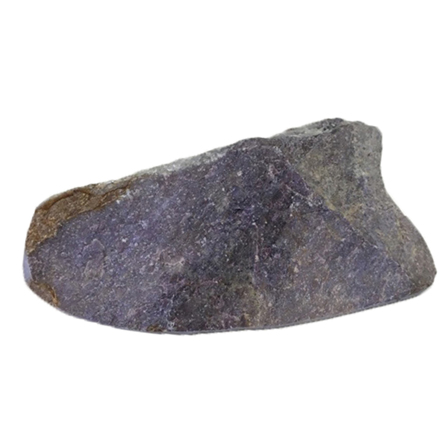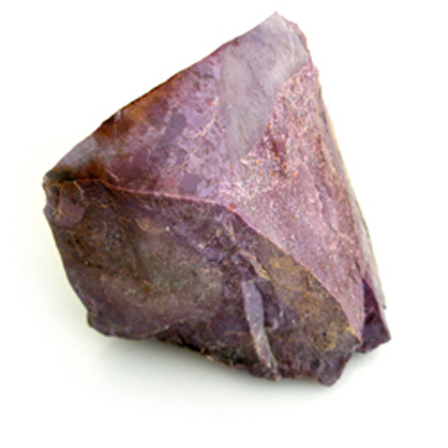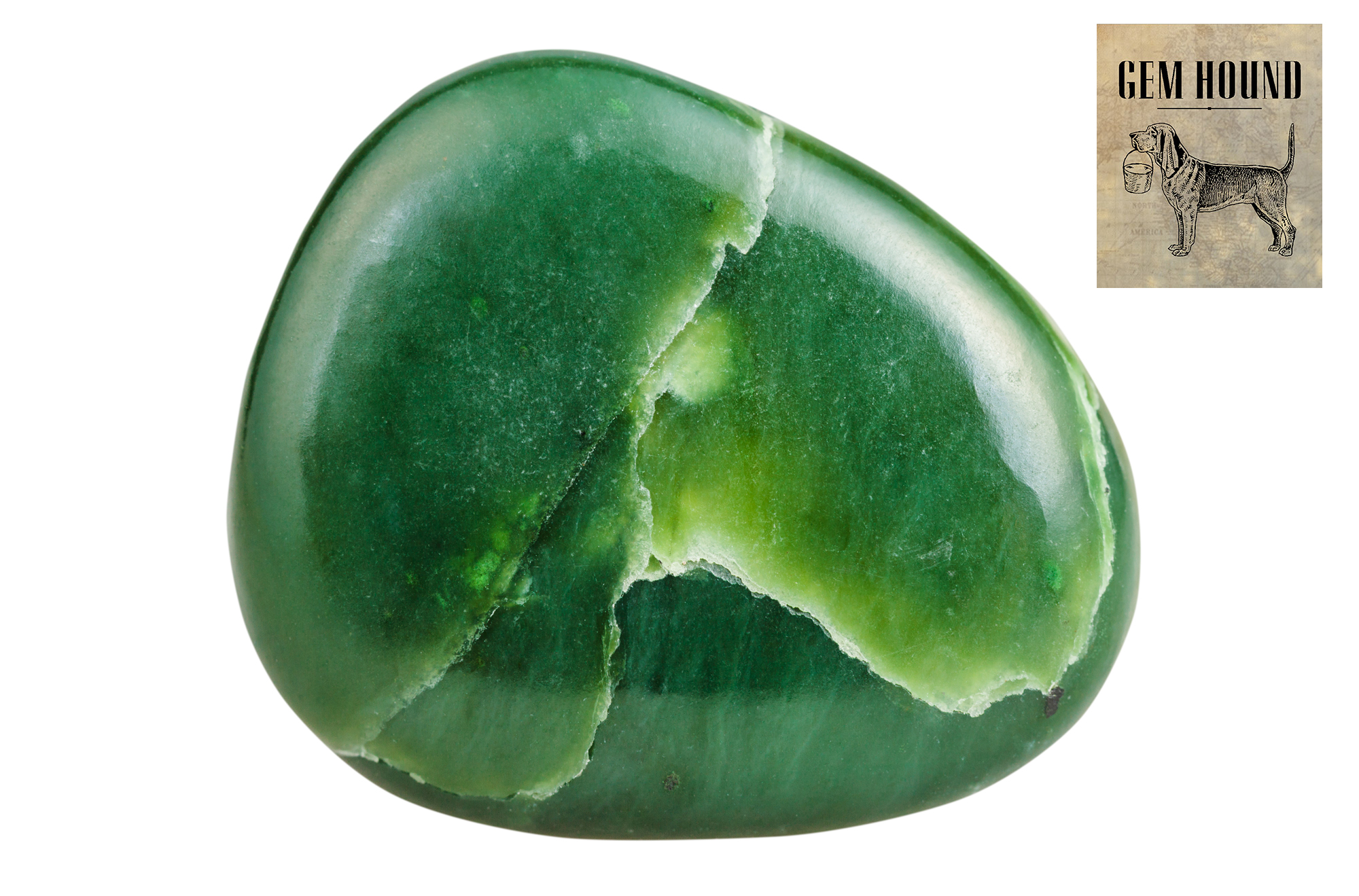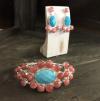Welcome back! We thought we’d take the opportunity to write about jade because Jay will be presenting some new designs using this material, specifically Nephrite Jade, in our upcoming shows. But first, a little clarification is necessary when discussing Jade.
We apply the word “Jade” pretty loosely, like when we’re referring to a green stone from China that’s been carved into a figurine. But actually, there isn’t just one type of Jade, but two - Jadeite and Nephrite, each with their own distinct composition. However, in physical appearance, they look very much the same. It takes an expert to be able to see the difference, or a gem laboratory that can perform tests. It’s important to know that Jade can look very similar to chrysoprase, serpentine, aventurine, in addition to a few other stones.
It’s perfectly acceptable to use the term Jade in general, however, there are times when you may want to know exactly which type of Jade you’re considering to purchase. For example, any treatments that have been applied to the stone should be disclosed to the buyer. In fact, Jade is usually treated in some way to improve its color, luster and stability. And when it comes to Jadeite treatments, this stone is actually graded on a scale of A, B and C. You’ll want to know the grade for the Jadeite you’re purchasing and pay accordingly. The beautiful green that everyone associates with Jade is actually Jadeite. Nephrite Jade is readily available and therefore it’s more affordable than Jadeite.
We know that Jade has been around forever and the Chinese carved it into jewels, figurines and even tools, like ax blades and weapons. It is such a hard stone that it was used for hammering and scraping. That may be why so many ancient Chinese artifacts are still around after 5,000 years-they’re obviously very durable.
 |  |
Jade boulders and pebbles are found along the Pacific Rim, where tectonic plates come together. Jadeite is found in North America, Western Canada, China, Russia, and Guatemala. Nephrite is commonly located in China, New Zealand, Russia and the Swiss Alps. Nephrite rough is kidney shaped, a Latin derivative meaning kidney stone.
Maintaining it is virtually care-free, unless your stones have been treated in some way. Untreated jade can even be cleaned with steam and ultrasonic machines, but that’s a little extreme when all it really requires is wiping with warm, soapy water and a soft cloth. You can clean your treated stones like this, as well.
Now that we’ve teased your appetite for Jade, you can easily learn much more about this fascinating gem by researching the web or checking into the many books that have been written about this timeless treasure.
Until next time…
Happy Hounding!









